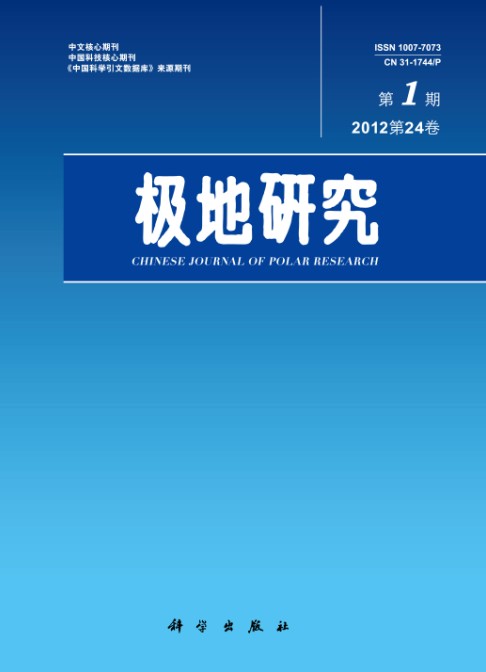With sea ice extent decreasing significantly in recent years, freshwater content(FWC) in the Arctic Ocean has accordingly shown rapid changes. Research on freshwater content variability in Canada Basin, the main area storing fresh water, has a profound significance for understanding the input-output fresh water in the Arctic Ocean. Based on the data from Chinese National Arctic Research Expedition in 2003 and 2008, and the data from expeditions aboard the Canadian ship LSSL from the year 2004 to 2007, the FWC in Canada Basin was calculated. The results showed that the upper ocean in the Canada Basin had been becoming fresher continuously from 2003 to 2008, except for that of 2006. The FWC increased at a rate of more than 1m/yr, and the maximum increase was in the central Canada Basin, by approximately 7m, compared between 2008 and 2003. Variability of FWC was almost limited to the layer above the Winter Bering Sea Water (wBSW), below which the FWC was maintained around 3m during this study period. The main contributors to the FWC increase were generally considered as precipitation larger than evaporation, the changes of runoff, Pacific water inflow through Bering Strait, sea ice extent, and the Arctic Oscillation. However, as we determined that the previous three contributors did not have apparent impact on FWC changes, this paper focused on the analysis of the later two factors, which were the key contributors to the freshwater content variability.

